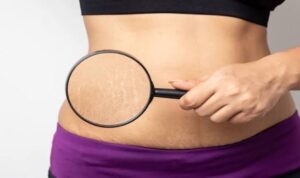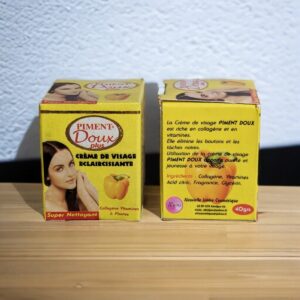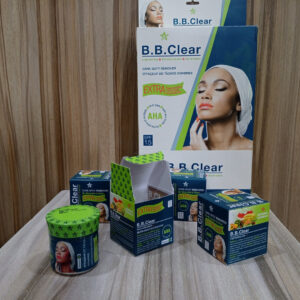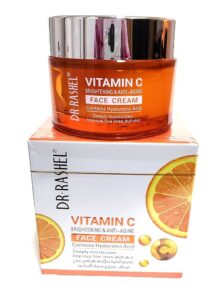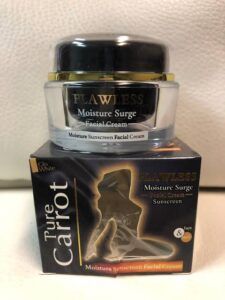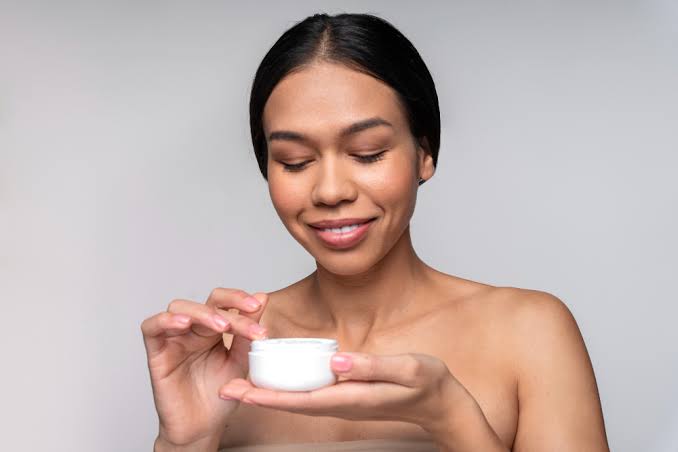
If you’ve ever wondered how to make homemade cream for oily skin, you’re not alone. Many people with oily skin struggle to find the right moisturizer. Store-bought creams can feel heavy, clog pores, or leave a greasy shine. But what if you could make a cream at home that’s light, nourishing, and tailored to your skin’s needs? In this guide, I’ll walk you through how to make homemade cream for oily skin in 5 easy steps. You’ll also learn why each ingredient matters, how to customize your cream, and how to avoid common mistakes.
How to Make Homemade Cream for Oily Skin in 4 Easy Steps
So, we are finally moving on to the main part of the article, i.e., the procedure of making homemade cream for oily skin in five simple steps. In this section, we shall be guiding you through the process, the reasons why such a step should be considered, and some of the tips that nobody will provide you with.
Step 1: Gather Your Ingredients and Tools
Make sure you are prepared before you start. It is an easy recipe for a batch of 50 g:
Ingredients:
– 10 g of jojoba oil (or grapeseed oil)
– 5 g beeswax (or emulsifying wax in case you want a thick cream)
– 30 g distilled water (or rose water)
– 3 g vegetable glycerin
– 1 g of green tea extract (optional)
– 1 g powder of niacinamide (optional)
– 2-3 drops of tea tree or lavender essential oil (optional)
– Preservative (such as Geogard ECT or Leucidal Liquid, unless you want your cream to only last a week)
Tools:
Small saucepan
Heat-resistant glass dish
Digital scale (to be precise)
Whisk or milk frother
Storage jar
Thermometer (auxiliary, although of value)
Pro tip: Sterilize your tools and jars using boiling water or alcohol. This will keep your cream free of bacteria.
Step 2: Heat and Combine the Oil and Wax
Put your oil and emulsifying wax into a bowl that is heatproof. Place the bowl in another saucepan of hot water (the double boiler technique). Melt the wax with some warmth. Mix.
What is important about this: The wax should be melted so that it can flow evenly with the oil. This makes the oil phase of your cream.
Additional info: To be more occlusive and thicker, you could add beeswax. Emulsifying wax has a more lotion-like texture with a lighter texture suited to oily skin.
Step 3: Warm the Water Phase
Place a layer of warm distilled water (or hydrosol; you just need to heat it up a bit so that it is approximately the same temperature as your oil phase; this seems to be around 70°C or 160°F) in a separate container. This helps the two phases blend smoothly.
Put your glycerin as well as any water-soluble active (such as niacinamide or green tea extract) in the warm water. Stir well.
Why it matters: Implementing the temperatures will ensure that the cream is not separated. Actives and glycerin are most easily dissolved in warm water.
Bonus tip: Rose water or witch hazel gives a soothing and toning effect. But ensure that it is alcohol-free because it will dry up your skin.
Step 4: Emulsifying
Here enters the magic of old magic in the making, known to be true in the testing of ages past, which brings, as was told, at last the gain to those who gain the fame. Add in the water phase gradually to the oil phase, a little at a time, stirring rapidly at all times. Whisk until it cools and thickens, which also takes a few minutes. You may use a hand whisk, but a milk frother or mini blender will make it straightforward.
After your cream is at room temperature, stir in your essential oils and preservatives (if using). Stir well.
Why this is important: Emulsification is what makes oil and water a creamy texture. When whisking the cream to cool it, they get fluffy.
Additional tip: In the case of any separation of your cream, do not worry. It is usually possible to save this by gently reheating and whisking again. In case it is too thick, you can pour in a bit of water. In case it is too thin, add a little bit of wax and melt it again.
Spoon up your cream so it is ready in a clean jar. Label the date on it. When you are not using a preservative agent, store the cream in the fridge and consume it within a week. Stored at room temperature, it should retain its integrity for 2-3 months with a preservative.
Apply a pea-sized portion on the clean skin in the morning and at night. Rub slowly, paying attention to the oily areas.
Why this is important: The do-it-yourself creams do not have the shelf life of commercial formulations. Look out and feel for any change in texture or smell and discard them.
Tip: You can personalize your cream every time you prepare it.
See what your skin responds to most when using blends of different oils, hydrosols, or actives.
Frequently Asked Questions
1. Is it possible to apply my homemade cream under the makeup?
The majority of homemade creams on oily skin are effective even under makeup. Apply foundation after the cream has been allowed to absorb a few minutes.
2. How do I clean my jars and tools?
Clean in hot, soapy water and rinse in boiling water or wipe using rubbing alcohol. Put out to dry.
3. Is it possible to use fruit extracts or juices in my cream?
They should not be used with fresh fruit extracts or juices, as they can go bad and even irritate the skin. Use extracts of cosmetic grade.
4. What are the indications that my cream has become bad?
When the cream turns color, goes off, or has formed mold, discard it. In order to prevent contamination, always use clean hands or a spatula.
5. Is it possible to apply this cream to other parts of my body?
Of course, you may use your homemade cream on your neck, chest, or even hands. Just patch test initially.
6. Are essential oils safe to use daily?
Most essential oils are safe when used daily in small quantities. In case of irritation, discontinue use and test a plain form of the cream.
Conclusion
Now you know how to make homemade cream for oily skin in 5 easy steps. You have the knowledge, the recipe, and the confidence to get started. Don’t wait for perfect skin, take action today. Gather your ingredients, set aside an hour, and make your first batch. Your skin will thank you, and you’ll never look at store-bought creams the same way again.
If you found this guide helpful, share it with a friend or leave a comment below with your results. Your journey to balanced, healthy skin starts now.


